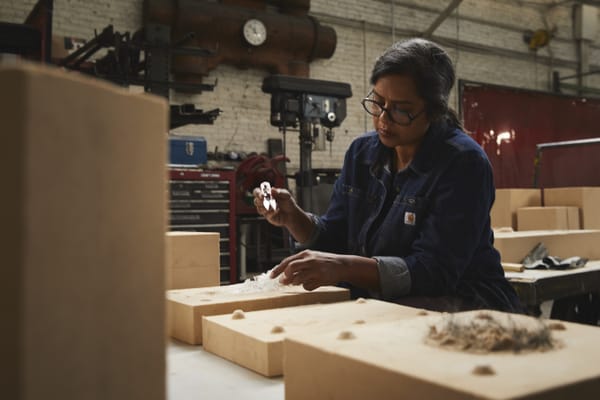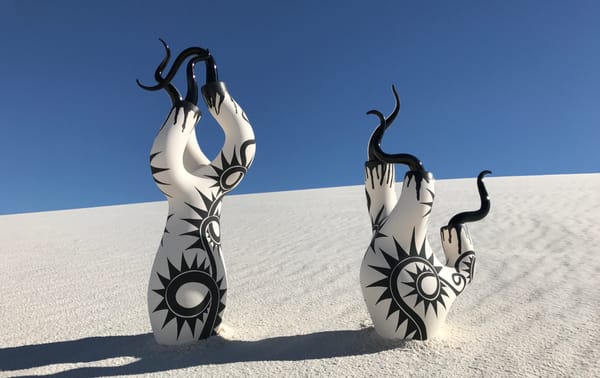Marfa, Texas Joins National Register of Historic Places
Minimalist artist Donald Judd helped transform the rural desert town into an arts destination, the last thing he wanted.
The central historic district of Marfa, Texas — where Minimalist artist Donald Judd moved to in 1971 from New York, revamping 11 structures and transforming the high desert town — has been added to the United States's National Register of Historic Places. While largely symbolic, the designation will qualify the Judd Foundation and the Chinati Foundation for tax credits in service of ongoing preservation efforts on the artist's buildings around Marfa.
More than 96,000 entries are listed in the National Register, and according to the National Park Service, almost every county in the United States has at least one location listed.
By the 1970s, Judd felt exhausted by the sceney vibes and pretentiousness of the New York City art world and agitated to move to the Southwest. “Nothing existing now, despite the growth of activity in museums and so-called public art, is sufficiently close to the interests of the best art,” Judd wrote in an essay in 1985. “The main purpose of the place in Marfa is the serious and permanent installation of art.”
It was in Marfa that Judd meticulously actualized his vision of a pared-down modernism and harmony between everyday objects, design, and space that would set off a worldwide craze for Minimalism, though he never adopted that label himself to describe his work. The 11 buildings, most dating from the late 19th and early 20th centuries, were renovated and retrofitted by Judd between 1973 and 1994 and include his architecture studio, which previously housed the Marfa Bank; his art studio, once a Safeway grocery store; and his "ranch office," a former general store. They will join other landmarks of the downtown area, such as the Presidio County Courthouse, the Paisano Hotel, and the Blackwell School, which were already listed individually on the register.
Judd remade the reputation of the town from that of a rural farming and ranching outpost into an arts destination of international renown. But that was supposedly the last thing Judd wanted, and he later diverted his attention from his trademark Marfa institutions to remote ranch houses hours away to escape the perceived bustle.
The Chinati Foundation, conceived by Judd on the former World War II air base Fort DA Russell and comprising 340 acres of land that he acquired with the support of the Dia Art Foundation in 1979, exhibits his work and that of artists he personally selected. The collection today includes Judd’s 100 aluminum boxes, Dan Flavin’s signature geometric light installations, and Carl Andre’s poems, among others.
In 2018, the Judd Foundation embarked on a three-year renovation project in Marfa, which involved refreshing six structures to realize plans Judd was unable to see through in the course of his lifetime. But towards the end of that project, Judd’s architecture office was gravely damaged in a 12-hour-long fire, which the artist’s son at the time called a “setback.” It is fitting that preservation efforts in Marfa will be given a boost given that Judd prized the importance of the space his works occupied.
“It is my hope that such of my works of art which I own at the time of my death will be preserved where they are installed,” Judd’s will read.





